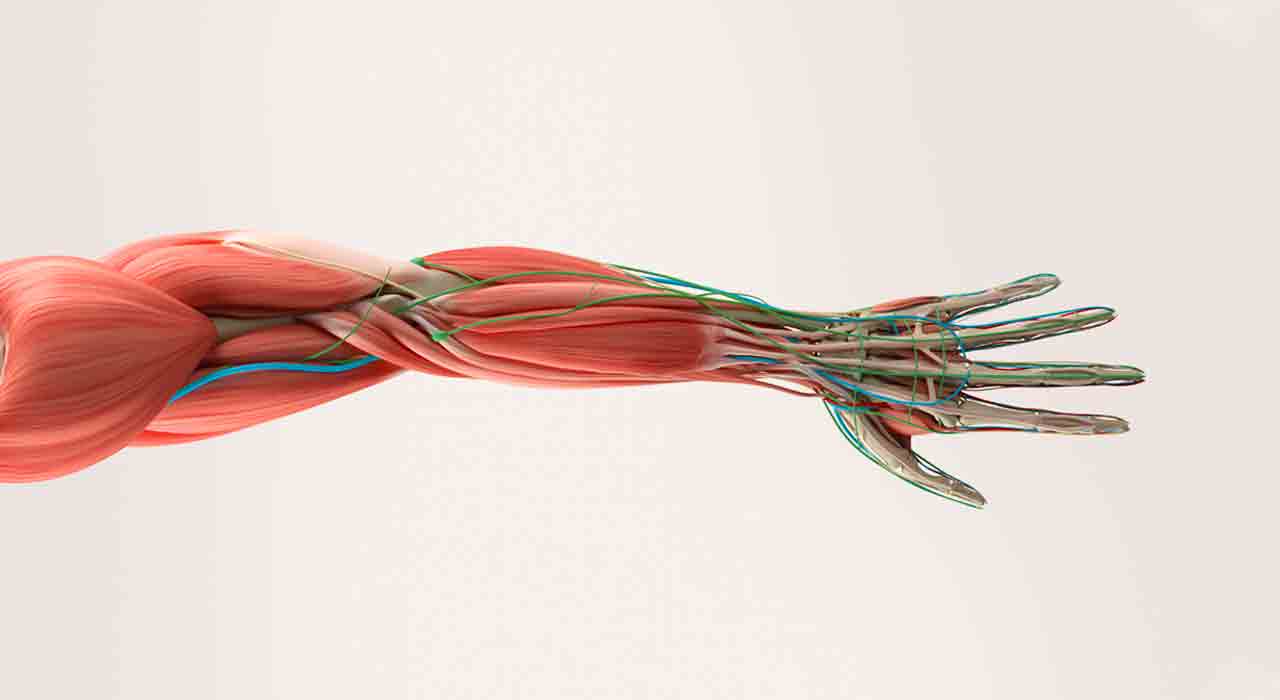You’ve seen him in your gym. He doesn’t train using anything that you recognize as a sensible split routine, or use time under tension, or do back-off sets, or any of the other things you’ve been told you need to use to build muscle… But he’s jacked. Is it genetics? Steroids? Is he following some insanely elaborate plan that you don’t understand?
The answer, probably, is: “none of the above.” Chances are, that he doesn’t know what he’s doing, either. A whole lot of traditional wisdom when it comes to muscle-building – from “three sets of 10 are best for muscle” to “train to failure every time” – is pretty much all wrong. So how have we got to this point?
The problem
Here’s the first part of the problem: science is hard to do properly. If you want to prove something lifting-related via a reliable, peer-reviewed study, for instance, you need funding, volunteers, helpers and a well-designed series of tests. If you want it to be useful in non-theoretical terms, you need even more than that.
It would help, for instance, if the volunteers weren’t completely untrained at the start of the test, or if they used a training protocol that reflects how people actually lift – which, of course, is usually impossible to do with any sort of ‘control.’ Then you need to find something that’s statistically relevant; extrapolate results for a real-world setting, and work out how it relates to people who aren’t mimicking your training methodology. Tricky.
Then there’s bro science – the sacred lore handed down from lifter to lifter between sets or in changing rooms. It’s often derided, but almost as often based on the experience of generations of lifters in the real-world. Sometimes it’s nonsense, but other times it works. Think about it… Arnold and the boys weren’t relying on peer-reviewed studies to get bigger, even if they may have had a smidgen of chemical assistance. It’s a poser to rival any questions about trees falling in empty forests: if a hundred bodybuilders tell you the pump helps to build muscle but there’s no study in the Journal of Physiology to back them up, is it the truth or an effective placebo? Or, if something works for almost everyone who tries it, should you wait for science to catch up before you put it in your routine?
Entry-level muscle
Before you can understand why certain things work and others don’t, it’s probably worth reminding yourself what makes muscles grow in the first place. According to the most comprehensive review of the subject – put together by Brad Schoenfeld in 2010 – there are three key mechanisms that cause hypertrophy: mechanical tension, metabolic stress and muscle damage. Mechanical tension is what you get from lifting really heavy weights. Metabolic stress happens when blood is trapped in the muscles by steady, constant contractions, forcing cells to swell and causing the ‘pump’ [Side note: this is why occlusion training, or wrapping a band around your arms before you bust out a set of curls might actually work – it keeps blood in the muscle, which is probably a better way to force growth than anyone realized a few years ago].
Muscle damage is the least important of the three, but still worth taking into account. It’s caused by slow negatives, stretching the muscle while it’s activated, or giving it an unfamiliar stressor, which is why even the toughest powerlifter will end up in pain two days after a beginners’ Pilates session. Here’s the tricky part, though: more mechanical tension usually means less metabolic stress, and vice versa. Bench with 90% of your max, for instance, and you’ll put a huge amount of tension on your muscles. However, you’ll struggle to get more than three reps, so metabolic stress will be low.
Grind out reps with an empty barbell and you’ll be able to push for a horrendous pump, but mechanical tension will be minimal. Change up your training by doing new moves, partial reps or different tempos and you might maximize muscle damage but you’ll probably lose out on the other two because lack of skill, experience and neural drive will stop you from giving it everything you’ve got.
This has been proven by recent research, too. In a study published in May 2016 in the Journal of Applied Physiology, a group of trained men experienced near-identical muscle fiber growth by training to failure, whether they did it with 30-50% of their 1RM (getting 20-25 reps per set) or with 75-95% (for 8-12 reps). In another study, men doing preacher curls to failure three times a week put on basically the same amount of bicep size, whether they did sets of 30-40 or sets of 8-12. There was a bit of variance in the studies, of course, as not every subject got the same results from the same rep ranges, which probably comes down to the fact that they had a higher proportion of slow or fast-twitch muscle fibers. There’s also some evidence, in the form of a 2010 study, that different rep ranges change the signalling pathways your body uses to synthesize protein into muscle, suggesting that if you stick to the classic ‘hypertrophy’ range of 8-12, you’re missing out on gains you could get from signalling all three pathways by changing things up.
Turn up the volume
There’s more bro science that is yet to be fully investigated yet by real research. The relationship between reps and Type I or Type 2 muscle fibers, for instance, still isn’t fully understood. There are well-designed studies suggesting that going heavy builds each better. The role of failure isn’t fully understood, either. In some studies, people experience serious hypertrophy without ever pushing to outright muscle failure or beyond, but there’s evidence that at least going near failure helps. One thing that definitely seems to work is upping training volume. In one of the best recent studies, done on experienced lifters who could all squat at least 130% of their bodyweight, the men who did eight sets to failure instead of four (or one) put roughly 8kg more on their max than the other groups. Their progress didn’t seem to be tailing off at the end of the study either, suggesting that overtraining, at least for the (fairly strong) group, wasn’t a concern. All they did was a bit more work.
It might not have been as efficient as possible, or the best way to organize a lunch-hour workout, but it certainly did the job. What does all this mean? It’s simple: almost everything works, but some things just work a little better than others. This is why turn of the 20th century lifters could train with tiny weights for ultra-high reps and still build steroid-free muscle that made them look like Greek statues. It’s why powerlifters and Olympic lifters are so often in fantastic shape, even though they’re not training for hypertrophy. And it’s also why there’s always at least one man in any gym who trains completely ‘wrong’ – according to what you’ve read about – but ends up severely jacked.
So as long as you regularly put your body through high amounts of mechanical tension, metabolic damage or muscular damage, you’ll grow. Hit all three every week, or maybe even in every session, and you’ll grow even faster. What’s the best way to decide how to do that, though? Well, that depends entirely on you and your workouts.
Go for the triple
Here’s what the science means in real life: the best way to get results isn’t to stick to a pre-set rep range that promises 0.5% more muscle growth than the others, but to find the one that lets you work the hardest. Or, if you want to get a bit more technical: to find the one that lets you do the most ‘quality’ sets in a typical training week.
Do you find that a couple of sets of 3-5 reps, done close to your one-rep max, leave you fried, unable to give it everything you’ve got in your assistance work? It might be time to switch things up. Or, maybe you perform really well with low reps, but grinding out 12-rep sets with a strict tempo leaves you too sore to train a day later? Time to address it, otherwise you won’t be getting enough of a stimulus to improve as fast as you could.
Maximizing the amount of quality sets you can do in a week depends on a lot of factors such as how stressed you are in the rest of your life, how much time you can afford to sleep for, what level of attention you pay to nutrition, and on how much you train. Maybe more importantly than anything else, though, it depends on effort. Namely, how much you’re prepared to push, and for how long, when things get hard.
That’s why the best advice of all is the simplest: find a style of moving iron that you like doing, whether that means staying motivated by pushing for a one-rep max in big lifts, trying to beat your personal best in pull-ups, or learning to love the feel of the pump – it worked for Arnold. Everything works, but what works best is trying a little bit harder. It’s just science, bro.
Find fitness advice and more in every issue of TRAIN magazine.







